The Falconer Museum in Forres could be reopened as part of a new £3.3 million “heritage quarter” in the town.
Campaigners have plans for a five-year project to protect and restore the town’s historic buildings and attract visitors.
At the centre of the vision is reopening the doors to the Falconer Museum, which was closed in 2019 in Moray Council budget cuts.
Experts are drawing up a new financial model so visitors can enjoy the galleries in the grand Victorian building once again.
And they believe Forres’ unique link to Hugh Falconer, who helped inspire the theories of Charles Darwin, can be pivotal in reopening the museum.
How could Falconer Museum in Forres reopen?
The Falconer Museum remains owned by Moray Council and it remains financially responsible for looking after its collections.
However, the local authority has pulled funding for running the building as a five-star visitor attraction.
A partnership organisation, christened the Forres Conservation and Heritage Scheme, has been launched. It comprises representatives of Forres Heritage Trust, Forres Area Community Trust, the community council, Forres in Bloom and others. It will examine ideas for a possible “heritage quarter” in the town centre and potentially wider area.
At the heart of the plans is finding a financially sustainable way to reopen the Falconer Museum.
Initial ideas include making the building available to hire, commercialising the existing collections and facilities, new merchandising, specific events, charging for entry, guided tours of the attraction and town and capitalising on the link to Hugh Falconer.
No decisions have been made with a development phase for the project ongoing until September. Then, a bid for £3.3 million from the National Lottery, Historic Environment Scotland and UK Government for a five-year project will be submitted.
What makes Falconer Museum unique?
Forres-based freelance heritage consultant Helen Avenell is helping to spearhead the project and believes the town’s link to Hugh Falconer can be capitalised on.
She said: “The Falconer Museum itself is a pretty special museum, and Forres as a town punches above its weight.
“The museum is more than just a regional museum that tells the story of a community, it tells the story of the father of palaeontology who was born literally down the road from it.
“Charles Darwin was a collector of ideas, and Hugh Falconer was absolutely at the centre of those new theories.
“A lot of his collections are in the National History Museum and Kew Gardens in London, they’re not just of local or national interest, they’re of international significance.”
Mrs Avenell believes a new model of funding the Falconer Museum could also push it to new heights.
She said: “It’s not going to be through a public funding model from a local authority like it was before.
“It needs to be something new and positive, but in some ways that can release more opportunities because it won’t have to operate within a council structure.”
‘No point leaving Forres museum closed’
This week the doors of the Falconer Museum were reopened for one day only to allow locals to have their say on heritage plans for Forres.
Boards with about 200 suggestions for how to attract visitors, engage youngsters, generate income and make the town more attractive were put up.
Among the ideas included possible futures for St Laurence Church, which the Church of Scotland has penned for closure.
Other suggestions included:
- Traditional skills and cooking classes
- Regular town centre markets
- More evening events
- Events to celebrate 200 years of Forres Town Hall and 100 years of Forres Highland Games
- Making more use of Grant Park and Cluny Hill
- Improving or repurposing vacant buildings
Forres Heritage Trust’s George Alexander is chairman of the project. He explained the funding could help improve historic buildings in the town – but also create new legacies.
He said: “I’ve been pushing for the museum to reopen again for a long time.
“The council is still in there every month looking after the collections. So there’s no cobwebs and there’s no musty smell, it’s just the public that’s not allowed in.
“It’s also going to give money to building owners to improve their properties, but we are insistent in getting the museum open again. There’s no point doing all this and leaving it closed.”
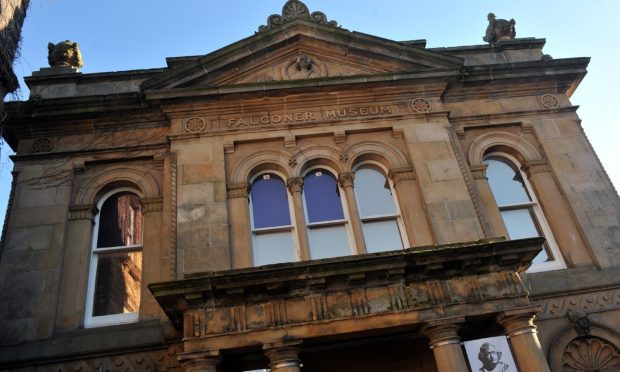
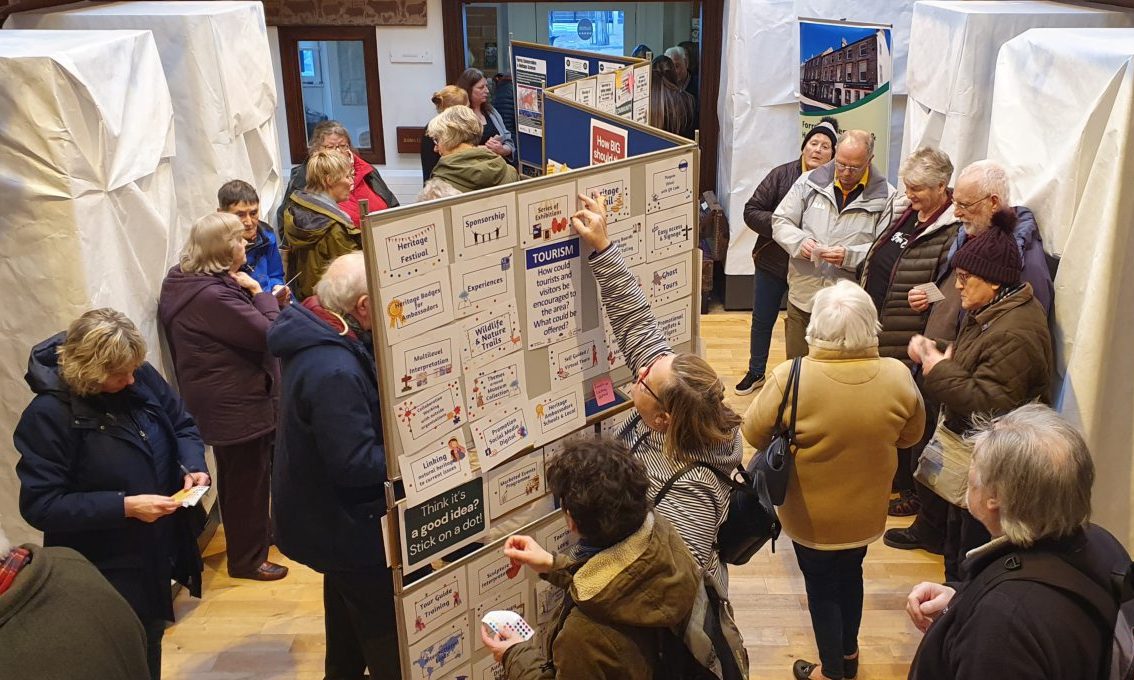
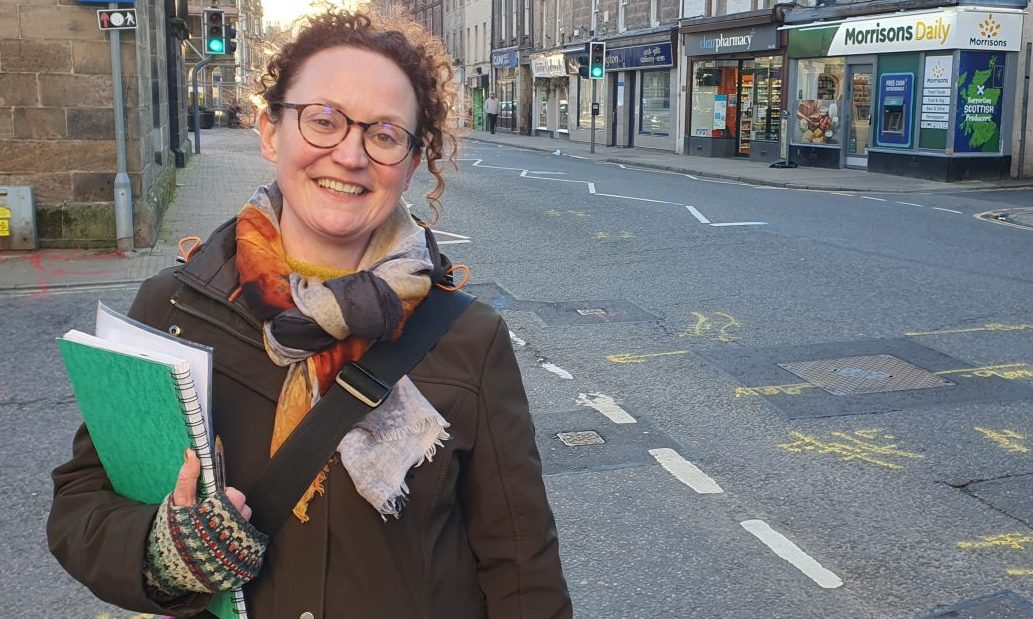
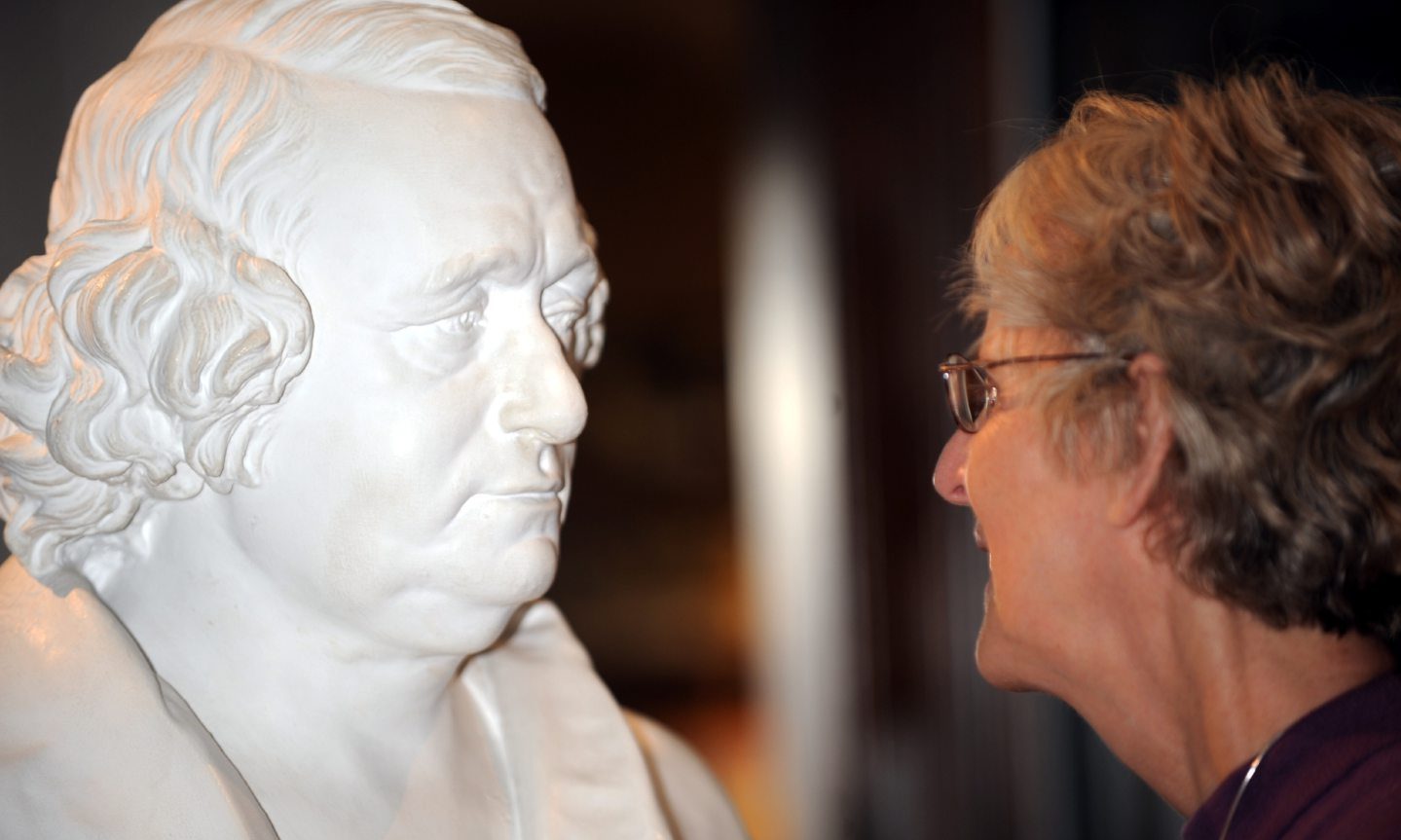
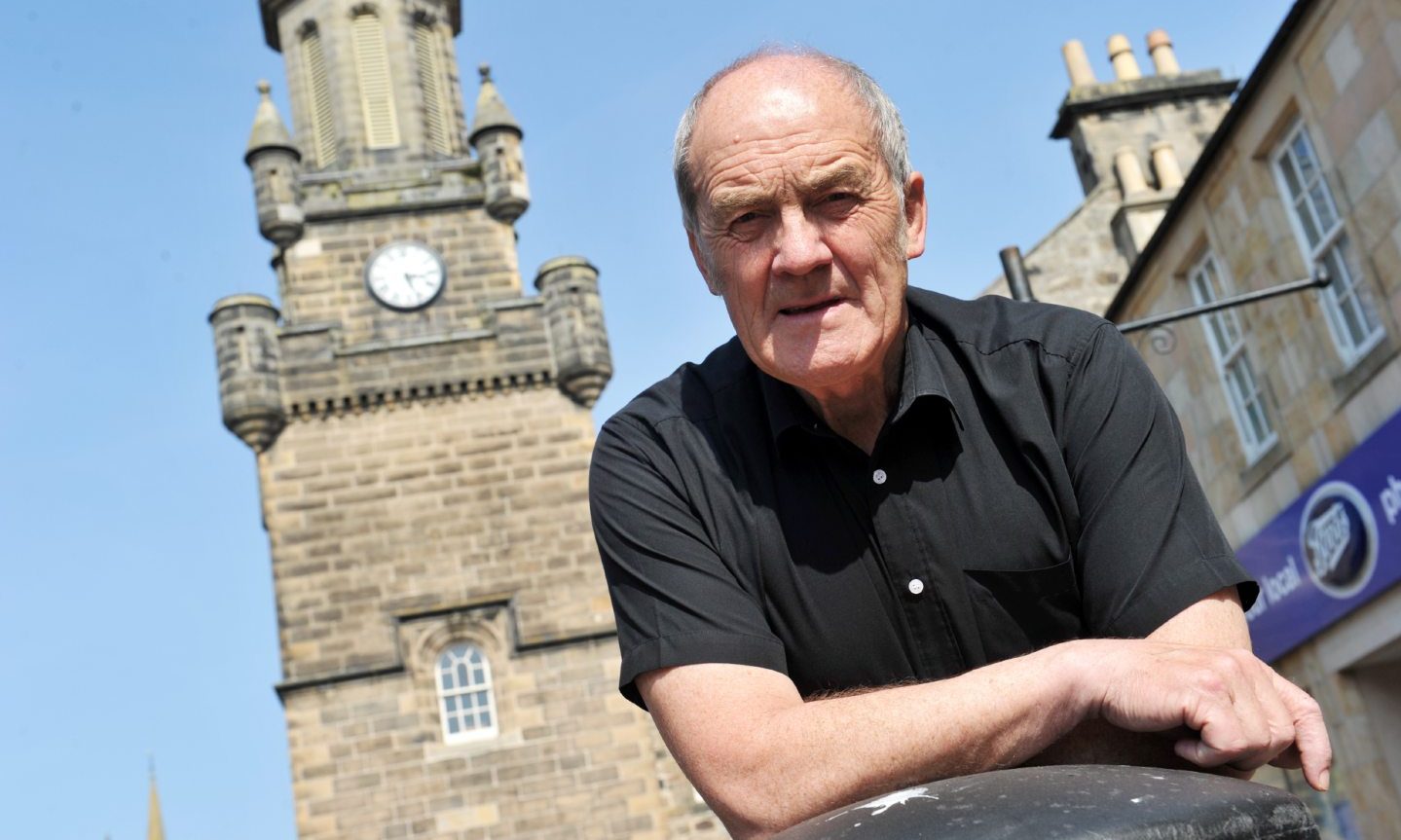
Conversation